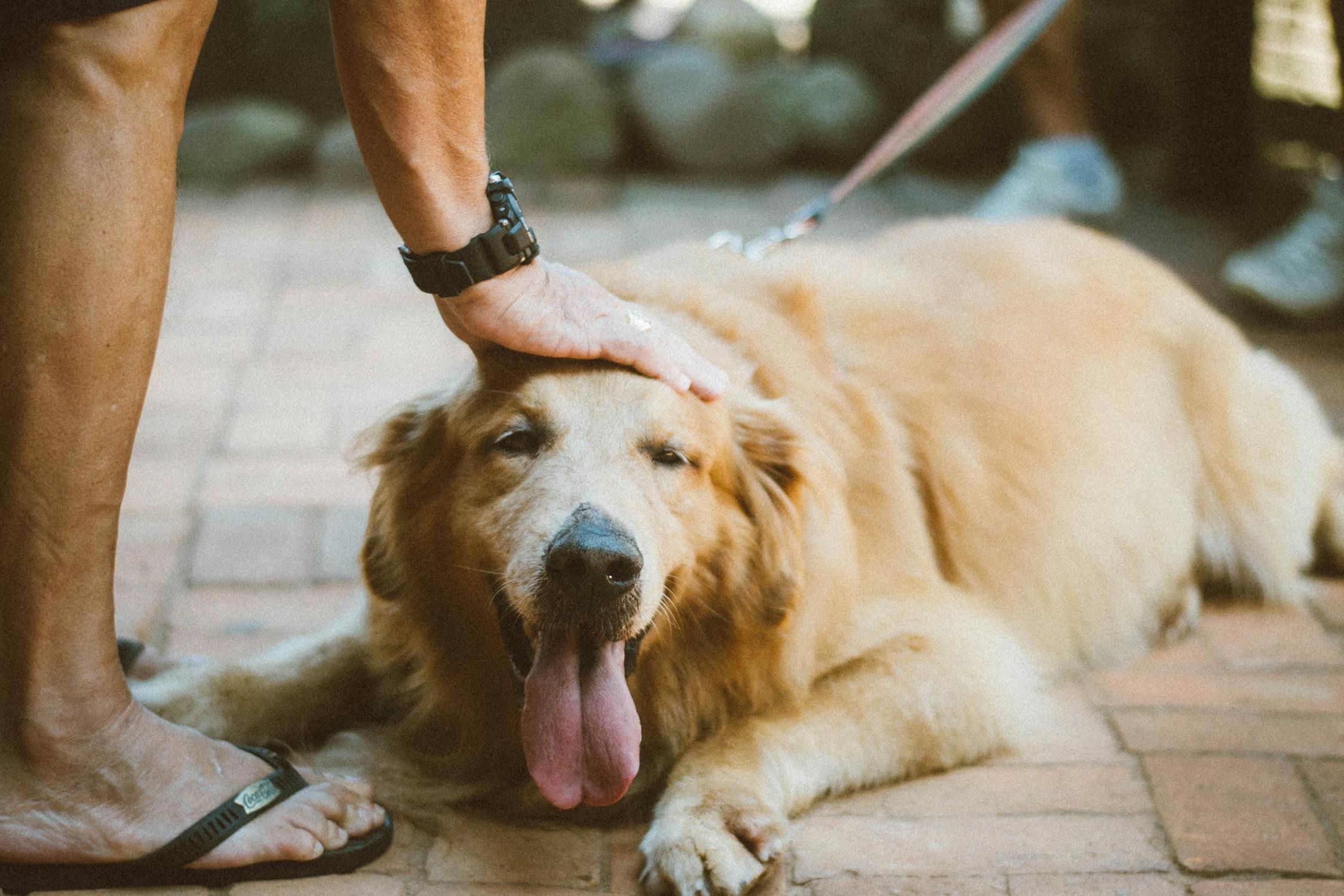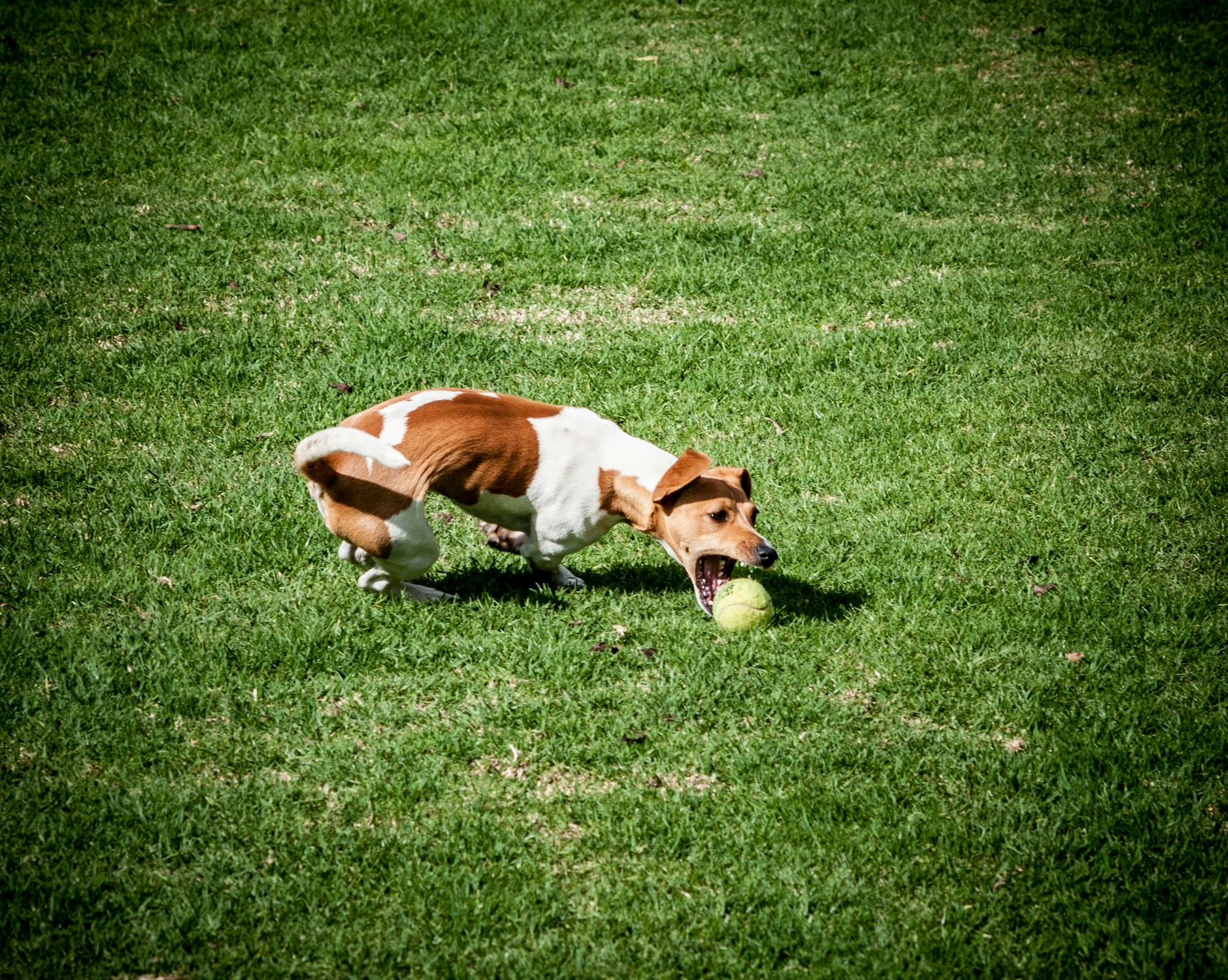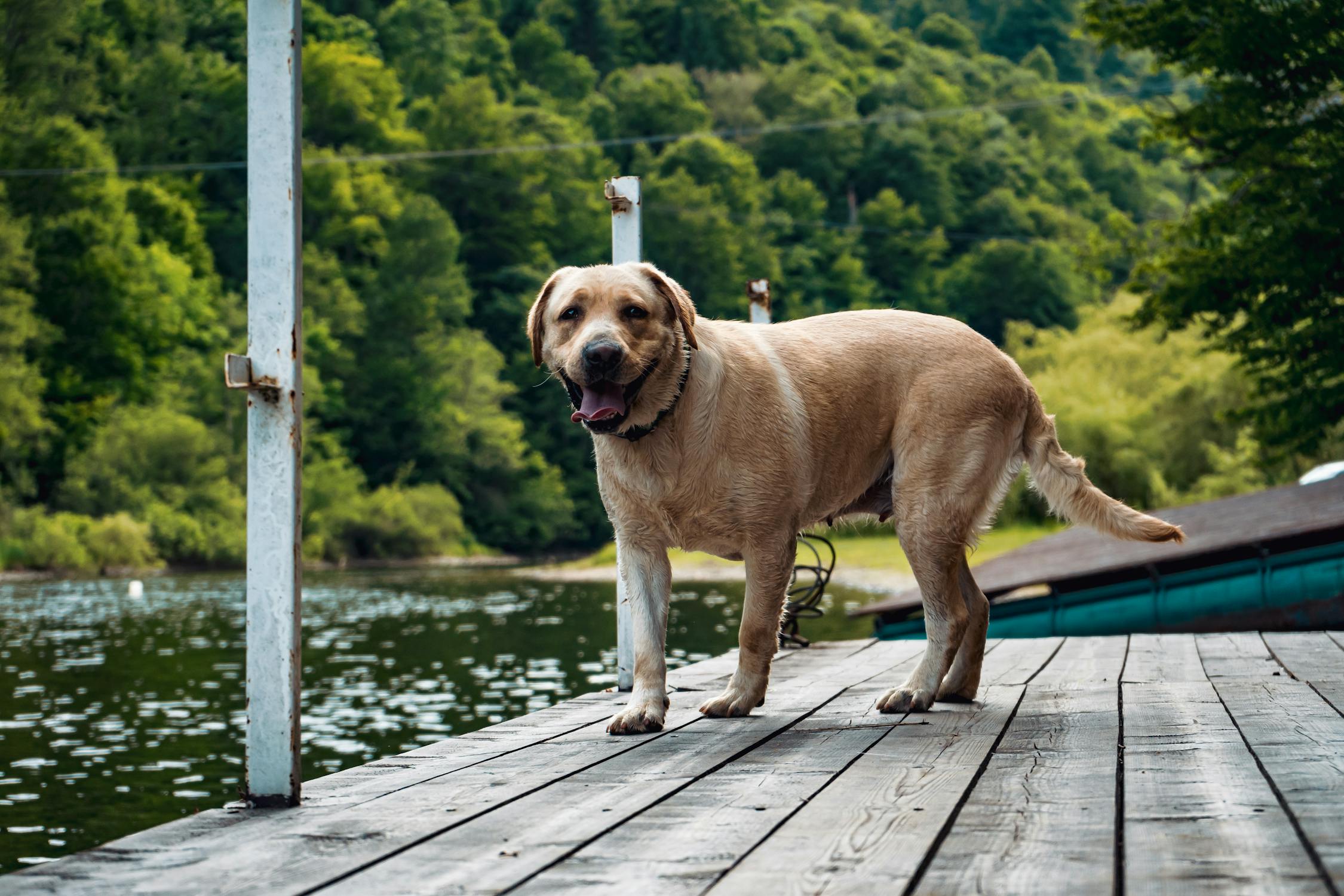6 Basic Obedience Training for Dogs - Sit, Down, Stay, Come, Drop & Leave
Dog parents have all different goals for their dogs, such as agility or obedience. Regardless of your goals, it’s good to do some basic obedience with your dog. When your dog masters these basic behaviors, you’ll manage your dog a little better.
1. Sit
Sit is usually the first command a dog will learn. This command can be extremely important for maintaining control over your dog for a variety of situations. For example, when you teach your dog to sit when the doorbell rings, he is less likely to jump up on visitors when the door opens.
To teach sit:
1. Make sure you have your dog's attention and a treat in hand.
2. Hold a treat close to his nose and let his head follow the treat as you move your hand up.
3. As his head moves up, his butt will lower.
4. When his butt hits the floor, release the treat to his mouth.
Do this 4 more times, then take a break for a while. In the next session, you will find it easier to let him sit, maybe just a treat in hand. When this happens, don’t lure any more - just give him the treat. As you see your dog begins to sit, say “sit”, and give him a treat, then repeat this 4 or 5 times until “sit” triggers the sit behavior. Later, adds some distractions to let your dog master the command virtually.

2. Down
The down command is a good management tool that helps keep dogs out of trouble and out from underfoot. It’s a submissive posture, so it is often difficult for many dogs to learn. Just go slowly while teaching this skill. Use a happy voice, lots of praise, and good treats while training.
To teach down:
1. With your dog in the sit position, kneel in front of your dog.
2. Hold a treat in front of your dog's nose and guide him by lowering the treat slowly to the ground. If your dog lunges toward your hand, say “Nope”and take your hand away before he can get to the treat. If he tries to sit up, break away and start again.
3. When your dog stretches out into a down, open your hand to let him eat the treat.
4. Repeat multiple times daily and pair the behavior with the word “down”.
If your dog has trouble performing a down, do not punish him. Encourage every little bit of progress until he understands the command. You can also physically guide him by placing a hand on your dog's shoulders and lightly pressing it down to the side while saying the command.After a successful attempt, always release your dog from the down and run off to play with him.

3. Stay
The stay command is one of the hardest for puppies and young dogs to master, but it’s also a lifesaver like other basic commands - prevent your dog dashing from your vehicle before you get a lead on him for example.
The goal with stay is to teach your dog that his job is to remain right where he is until given further instructions.
To teach stay:
1. Start with your dog in the position you want him to hold, whether it’s a sit or a down. Mostly it doesn’t matter which you choose, but bear in mind your dog’s comfort.
2. Standing in front of your dog, and wave a flat palm toward his muzzle and say “Stay”.
3. Step in front of your dog and wait a few seconds.
4. If your dog remains in position, then step back towards him and reward him with a treat and praise. If he moves, calmly say”Oops” or “Uh uh” and put him back where he was initially. Again, give the stay command along with the hand signal.
5. Teach him to end the stay with the release command. Common release words include “OK” “Free” “Release” or “All Done”. Choose one word as your release word and use it consistently. Don’t worry if your dog does not move following the release word. You can step back, clap your hands, or otherwise engage in positive interaction to cue him that it is okay to move.
6. Practice this multiple times. As your dog's response improves, you can move to a longer lead and distance. Eventually you can begin practicing off-leash in a fenced area.
Do note that never call your dog to come to you from a stay. This will cause him to anticipate a recall. Practice by leaving your dog and returning to him before giving the release word.

4. Come
The come command - also known as the recall - is one of the most important skills to manage your dog behaviors. Not only will a recall help you avoid those embarrassing games of catchme-if-you-can when you’re trying to leave the dog park, but it will help keep your dog safe off-leash. This foundation skill is one that the two of you will use and refine for the rest of his life.
To teach come:
1. With a treat in your hand, back up a few feet away from the dog on the long lead, squat down and open your arms in a welcome gesture, waggling the treat and telling him “come!” in an enthusiastic, happy tone of voice.
2. As soon as your dog reaches, reward him with a treat and praise. If he stops or starts wandering away from you, don’t yell “Come” multiple times. The first time you could go to him and gently guide him to where you want him to be.
3. Practice the exercise. As your dog improves, you will be able to begin practice off-leash in a fenced in area. If not, go back to the last step until mastering it successfully. Of course, you could also use dog collar to help your dog master the command.
Please notice that don’t scold him for coming too slowly, and call him to you in order to punish him. If not, you will teach him to associate the command with a negative consequence, which is bad for your training.

5. Drop it
“Drop it” is probably one of the most important commands you can teach your dog. Since dogs love to chew on things, you’ll have plenty of occasions to use this command. Drop the toy, drop the shoes, or drop something dangerous such as a chicken bone. Train your dog with this command will either let an object fall out of his mouth or at least allow you to easily take it from him.
To teach drop it:
1. Gather a few objects your dog might like to chew and some tiny treats, like cheese or turkey.
2. When your dog attempts to chew something and has this mouth on it, hold a treat very close to his nose and say “drop it”.
3. Reward him with the treat when he opens the mouth.
4. Repeat the process multiple times and add the difficulty gradually until he master the command.
Please ignore your dog if he enjoys grasping an object and running away, don’t chase him and let him think you are playing with him. If it is a dangerous item, try to offer a yummy treat to interest him. If it doesn’t work, you will be forced to open his mouth to remove it.
To do this, place your fingers on his lips behind his canines and pull his mouth open, then you will be able to retrieve the item. After that, make sure to give him a big treat so as to you can take dangerous items out of his mouth easily.

6. Leave it
“Leave it” is command that may prevent your dog from being injured and may even save his life, so “leave it” is essential to be taught to your dog. This command will let your dog to take his nose away from something hazard such as antifreeze in a puddle, sharp bones or others but not to release something from his mouth.
To teach leave it:
1. Hold 2 different types of treats in your hand. Make sure one treat is more tastier than the other one.
2. Present your fist with a lower treat and let your dog to sniff.
3. Say “leave it” and wait until he finishes sniffing your fist.
4. Reward him with a higher treat. By doing so, you are teaching him that asking him to leave some food doesn’t mean he won’t get anything, but that in fact he might get something even more delicious.
5. Repeat this more times until he maters the command.
When practicing, stop pulling as soon as you give the cue. If your dog strongly relies on the cue, choose other things to substitute food. For example, repeat the exercise with five different items that are fairly boring to your dog, then start using slightly more exciting items and your dog will be participated much more.
